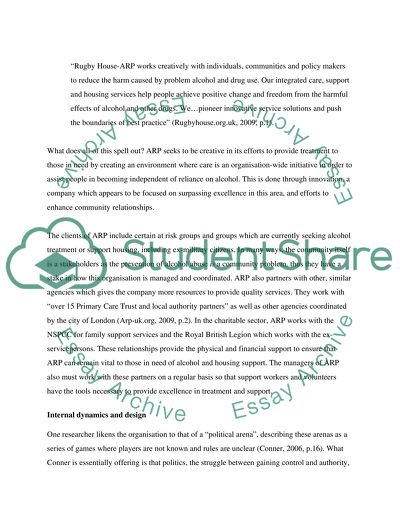Cite this document
(Rugby House-ARP Case Study Example | Topics and Well Written Essays - 3999 words, n.d.)
Rugby House-ARP Case Study Example | Topics and Well Written Essays - 3999 words. Retrieved from https://studentshare.org/human-resources/1554429-work-placement-report
Rugby House-ARP Case Study Example | Topics and Well Written Essays - 3999 words. Retrieved from https://studentshare.org/human-resources/1554429-work-placement-report
(Rugby House-ARP Case Study Example | Topics and Well Written Essays - 3999 Words)
Rugby House-ARP Case Study Example | Topics and Well Written Essays - 3999 Words. https://studentshare.org/human-resources/1554429-work-placement-report.
Rugby House-ARP Case Study Example | Topics and Well Written Essays - 3999 Words. https://studentshare.org/human-resources/1554429-work-placement-report.
“Rugby House-ARP Case Study Example | Topics and Well Written Essays - 3999 Words”, n.d. https://studentshare.org/human-resources/1554429-work-placement-report.


